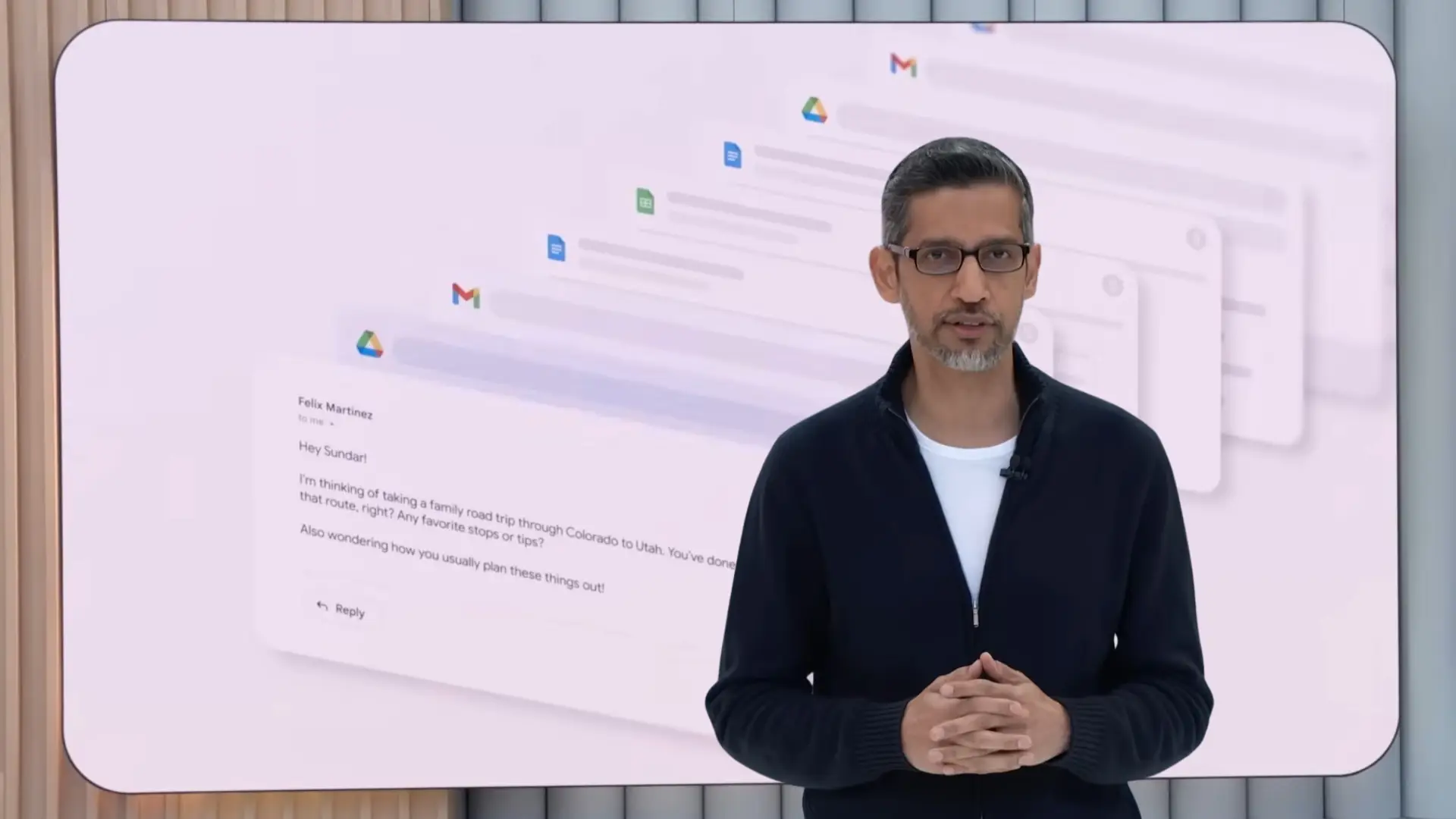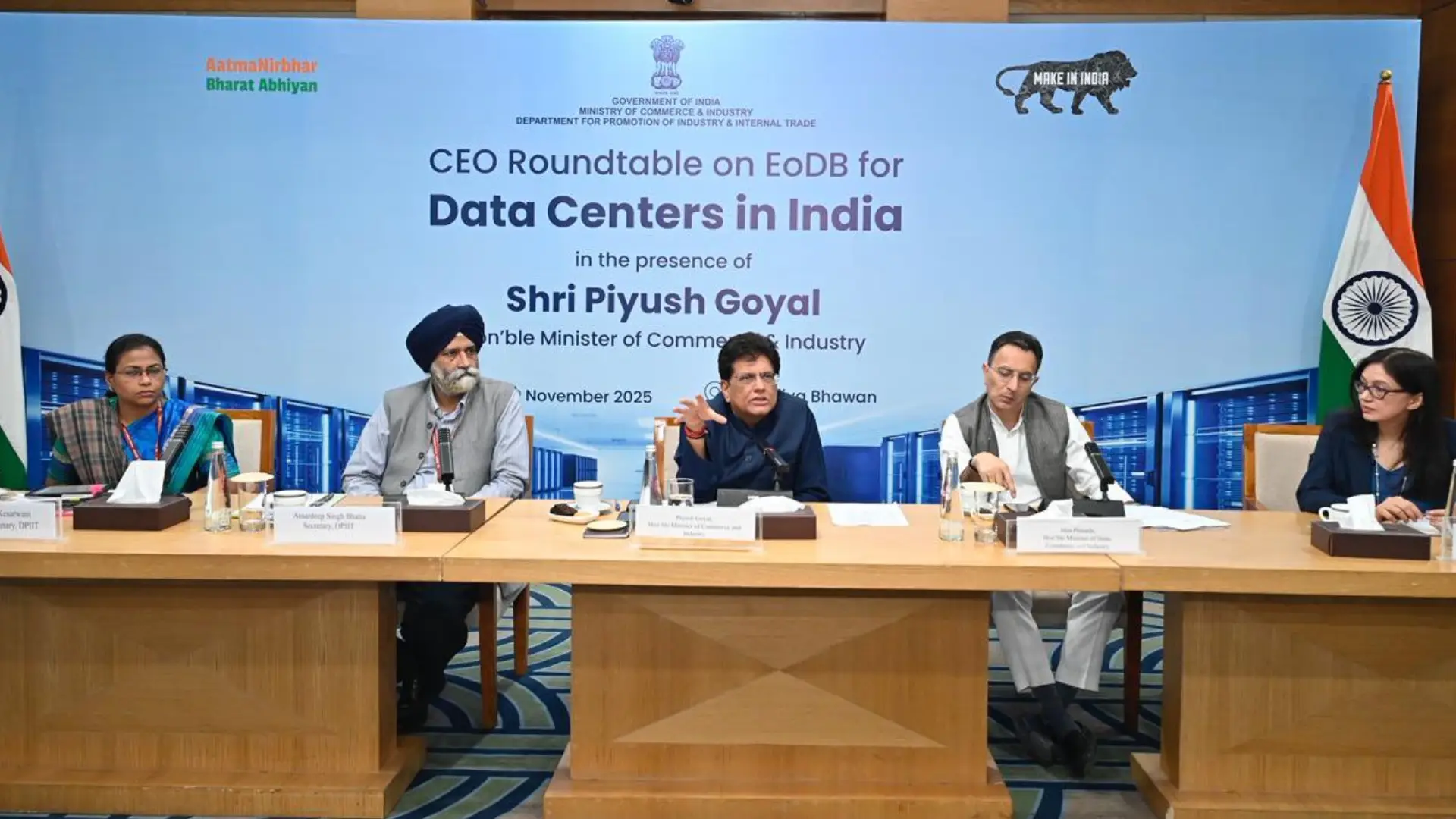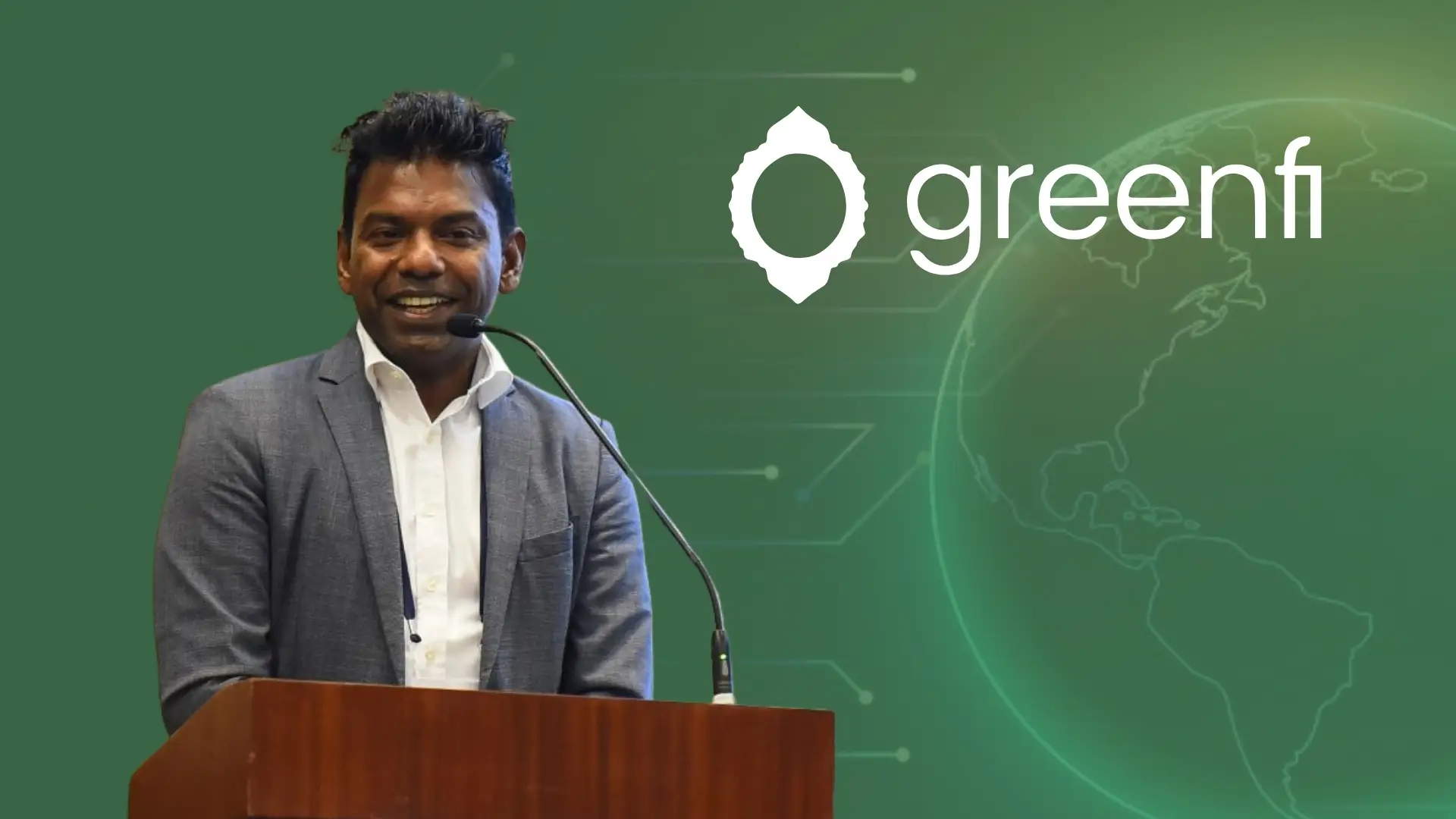Every single month, India is witnessing a massive surge in credit card usage. The growth has been driven by one simple idea, which is access and flexibility. With a few taps, anyone can spend first and think later.
But before we dive into the problems this growing credit culture is creating, let’s first understand how people are actually using credit. Because the numbers tell a fascinating and slightly worrying story.
According to data from the Reserve Bank of India (RBI), credit card transaction volumes have more than doubled in just five years, rising from roughly 2.1 million in 2019 to around 4.5 million in 2024. In sharp contrast, debit card transactions have plunged from approximately 5 million to just 1.7 million during the same period.
This shift paints a clear picture: India is moving from spending its savings to borrowing for its lifestyle. Now, the recent data tell us and show an even bigger picture.
According to multiple reports, spending on credit cards in India has seen a massive rise of about 23% year-on-year in September 2025, which resulted in reaching around ₹2.17 lakh crore.
When we consider the month-on-month basis, it increased by 13%. Credit cards grew from 10.6 crore in September 2024 to 11.3 crore in September 2025.
And the average spending has also spiked up for private banks. It stood at ~₹20,011 in September 2025 for private banks and ~₹16,927 for public sector banks.
Why are People Spending More With Credit Cards? From fuel to flight tickets, every swipe now comes with something extra: points, cashback, or lounge access. The more you spend, the more you “earn.” Debit cards never created that emotional loop. But credit cards did. They gamified spending.
Next, unlike a debit card or UPI, where money instantly leaves your account, a credit card lets you delay the pain. You buy now, feel good today, and worry about it 30 days later. That gap between purchase and payment is what makes people spend more.
The easy EMI option is another big factor for the rise in credit usage.
But this comfort comes at a cost. As spending grows, so does credit card debt, which is one of the fastest-growing segments of household borrowing in India.
What we need to understand are the problems that it is creating for the economy and then for themselves. According to data from CRIF High Mark, credit card payments overdue between 91 and 360 days have surged by 44% in just one year. In monetary terms, that’s nearly ₹34,000 crore worth of credit card dues that have remained unpaid for over three months as of March 2025.
These long-overdue payments are now classified as “non-performing assets” (NPAs), the same term used for bad loans in the banking system. In simpler words, a growing number of Indians are either struggling to pay back their credit card bills or choosing to delay repayment, signalling early stress in India’s consumer credit cycle.
Easy credit is first helping to increase the consumer demand but also increasing debt stress amongst the consumers. This can have an impact in many negative ways.
India’s financial savings rate has been steadily declining as people rely more on short-term credit. Interest burdens are rising. Credit card interest rates often hover around 35–40% annually, among the highest in the world. Even a small unpaid balance can snowball fast.
Now when people fail to repay the credit card bills, that increases the burden on both ends. Banks face higher risks. Rising NPAs in unsecured lending, including credit cards and personal loans, put pressure on the banking system.
While the rise in credit usage shows India’s growing financial confidence, it also highlights the thin line between financial empowerment and financial illusion. Credit cards are powerful tools when used wisely, and they can build credit history, offer convenience, and reward discipline. But when overused, they quietly turn into a form of invisible debt.
The real challenge is learning how to manage it. In the next two to three months, e-commerce giants, banks, and brands will unleash a wave of discounts, no-cost EMIs, and cashback offers.
Festive seasons are ahead, and for many it will feel like an opportunity. But for some, it could quietly become a trap.
Let’s see how this evolves in the coming months.










